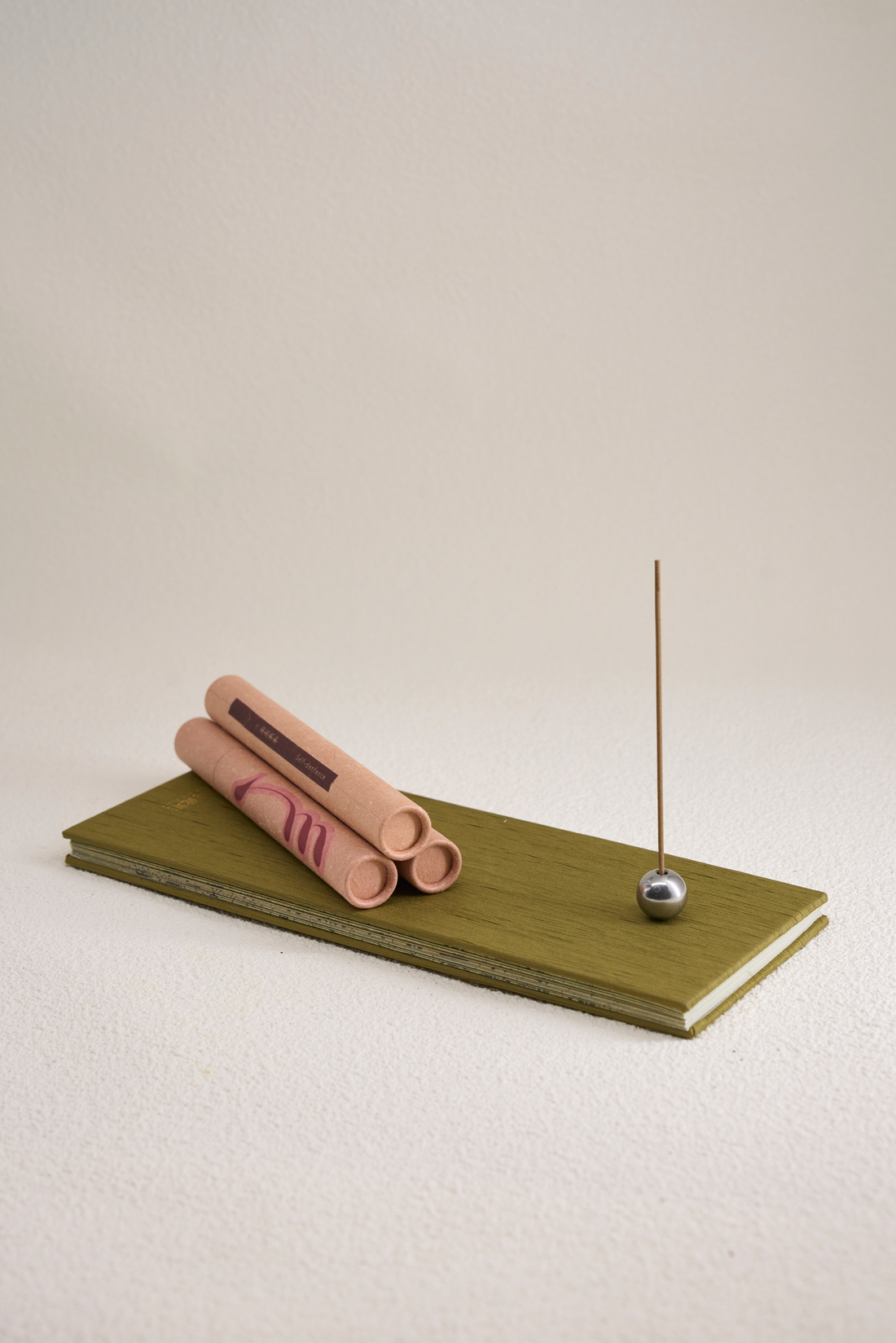
Cultural Differences in Incense Sticks: China vs. Japan
Share
Incense sticks have long been treasured in Eastern traditions—not only for their aroma, but for their cultural, spiritual, and aesthetic significance. In both Chinese and Japanese cultures, incense sticks are deeply woven into rituals, ceremonies, and personal well-being practices. However, the philosophies, scent preferences, and usage styles behind incense sticks in these two traditions differ in meaningful and fascinating ways.
The Role of Incense Sticks in Chinese Culture
In China, incense sticks are often associated with spiritual refinement, ancestral worship, and literati culture. Since ancient times, incense has been a part of Daoist and Buddhist rituals, offering a symbolic link between the material world and the divine. Beyond temples, Chinese incense sticks are used in homes, meditation spaces, and tea rooms to create a serene, balanced environment.
Chinese incense often features complex, blended scents, incorporating materials like agarwood, sandalwood, clove, and various traditional medicinal herbs. These blends are not only aromatic but also believed to have health benefits. Many people use natural incense sticks to purify the air, calm the mind, and regulate energy flow within a space.
Japanese Incense Sticks and the Way of Incense (Kōdō)
In Japan, incense sticks are celebrated as a refined art form known as Kōdō, or "The Way of Incense." Introduced from China centuries ago, Japanese incense evolved into a highly codified practice centered on mindfulness and sensory appreciation. Rather than just burning incense for fragrance, Japanese incense sticks are appreciated for their character, purity, and the emotional experience they evoke.
Japanese incense sticks are typically coreless, made with high-quality natural materials like Kyara (premium agarwood) or Byakudan (white sandalwood). These incense sticks release a gentle, clean aroma and are often used in formal settings or quiet, reflective environments. Scent selection in Japan is also highly seasonal, with lighter scents used in summer and warmer tones favored in winter.

Key Differences in Scent and Experience
Chinese and Japanese incense sticks differ not only in cultural context but also in their fragrance profiles and burning experience.
· Chinese incense sticks often have richer, more layered aromas, using complex blends with herbal or medicinal undertones. Many varieties include a bamboo core, which gives structure but may slightly influence the scent.
· Japanese incense sticks, by contrast, emphasize subtlety and purity. The coreless design avoids any interference from burning materials, allowing the natural scent of the wood or resin to fully express itself.
· While both types of incense sticks serve to elevate the atmosphere, they cater to different sensibilities—China’s being more expansive and therapeutic, and Japan’s being more minimal and contemplative.
Interested in Natural Incense Sticks?
If you’re exploring the world of incense and looking to bring natural incense sticks into your daily life, we recommend starting with gentle, balanced scents that work across cultures. Our Natural Wand Collection offers handcrafted incense sticks and incense cones made with high-quality natural ingredients and no artificial additives.
Whether you prefer a calming cedarwood tone or the grounding aroma of Palo Santo, these incense sticks are perfect for meditation, relaxation, or simply creating a mindful space.
Our incense is inspired by the traditional practices of both Chinese and Japanese cultures, blending the richness of heritage with the simplicity of modern rituals. Visit our Natural Wand Collection to find your perfect scent.
Conclusion
Understanding the cultural differences behind incense sticks and incense cones in China and Japan can deepen your appreciation for this ancient art form. From the layered, therapeutic blends of Chinese incense to the refined, minimalist expressions of Japanese and incense cones/ incense sticks, there is a world of sensory beauty waiting to be explored. And with the right natural incense, you can invite that beauty into your own space—one breath at a time.
